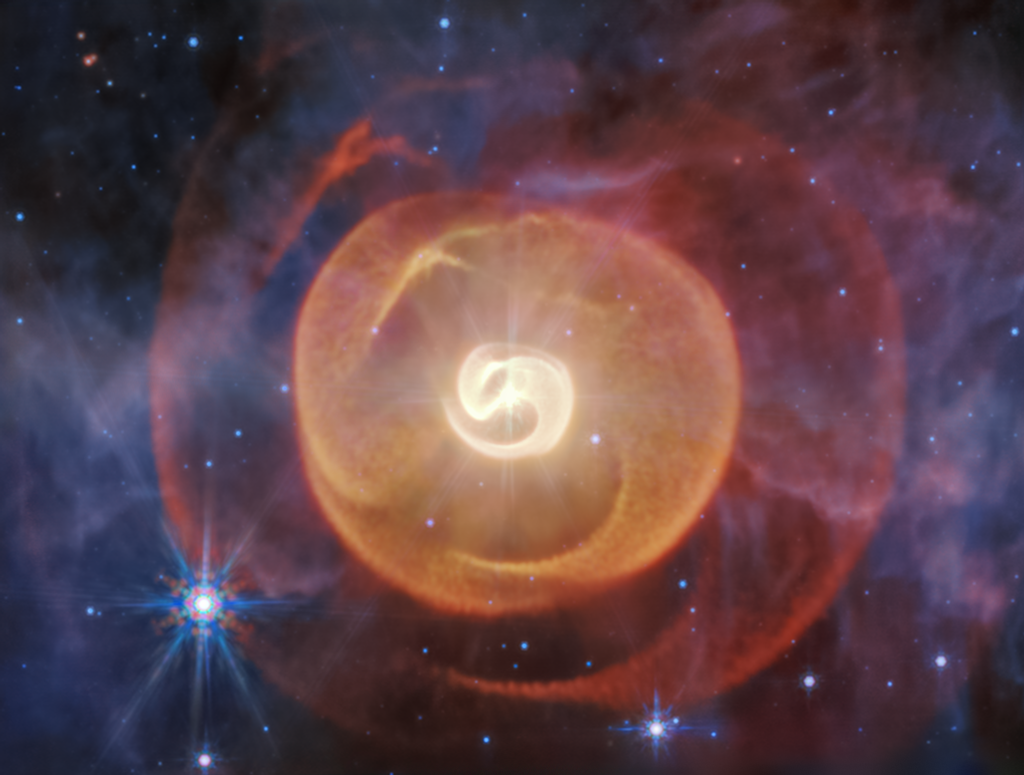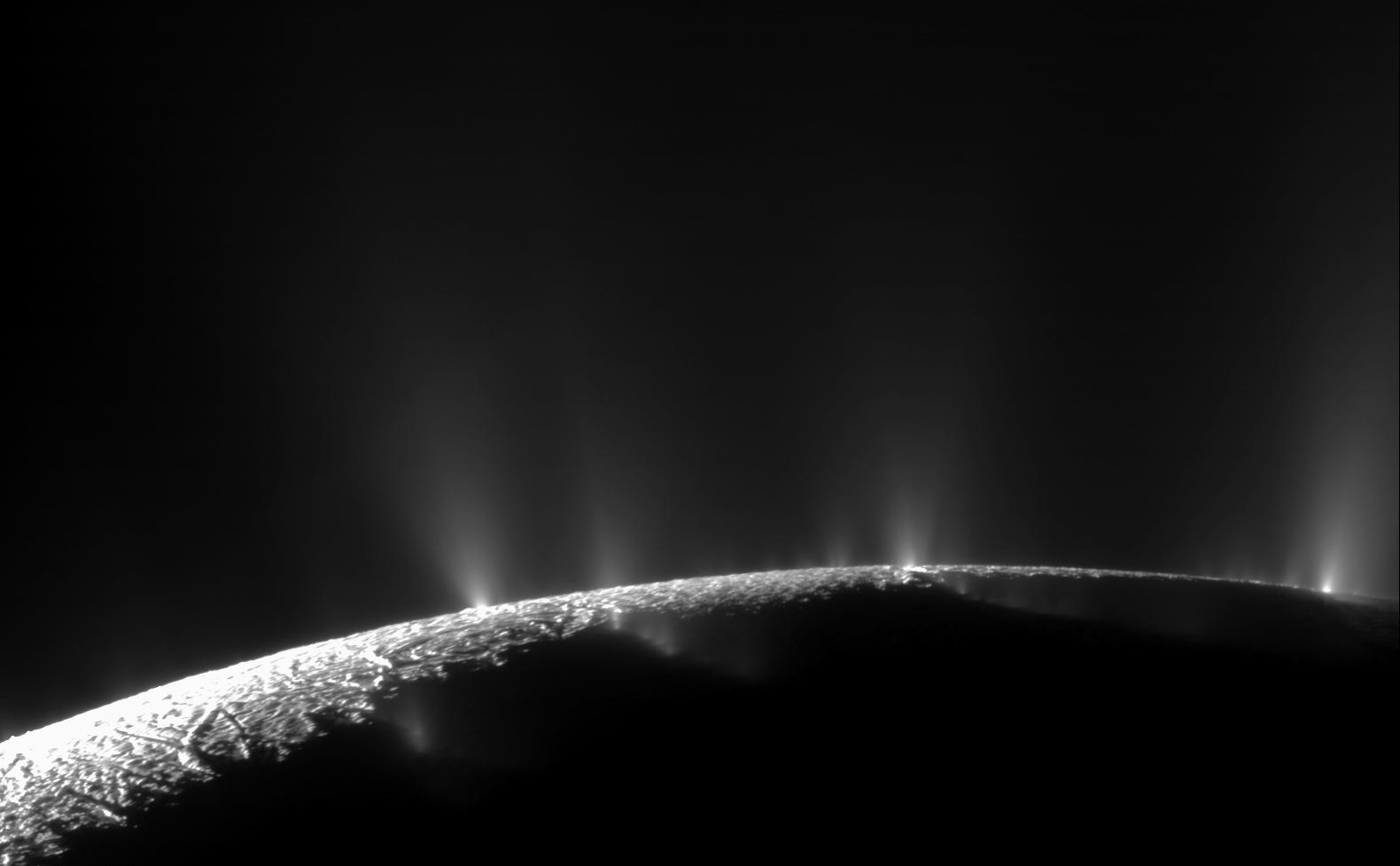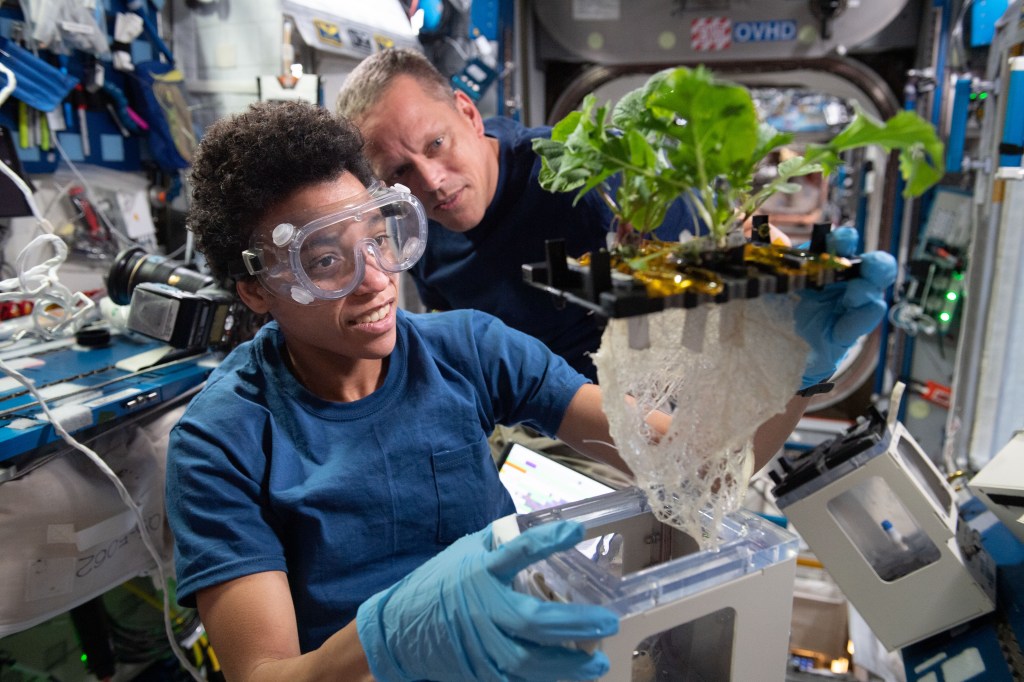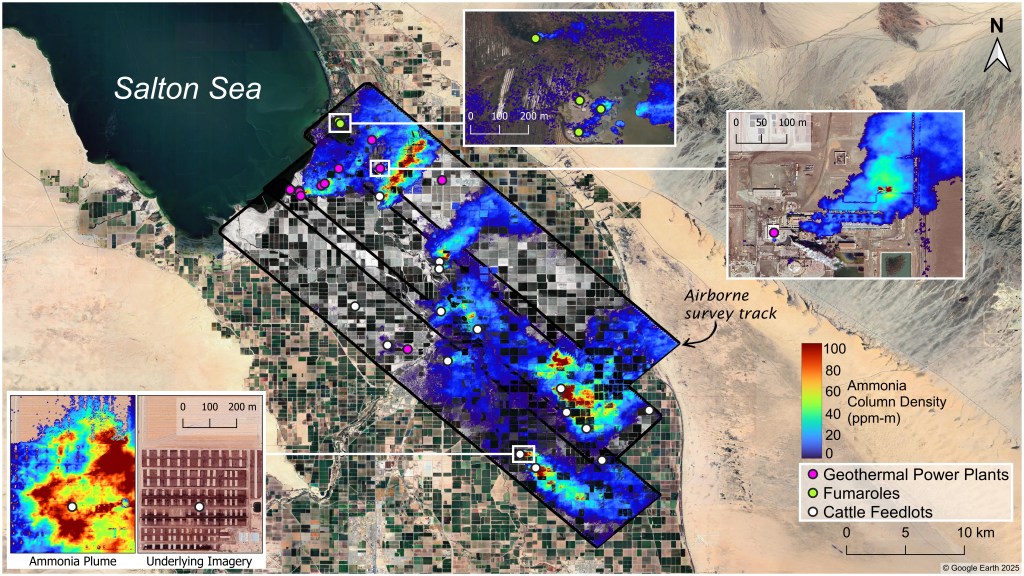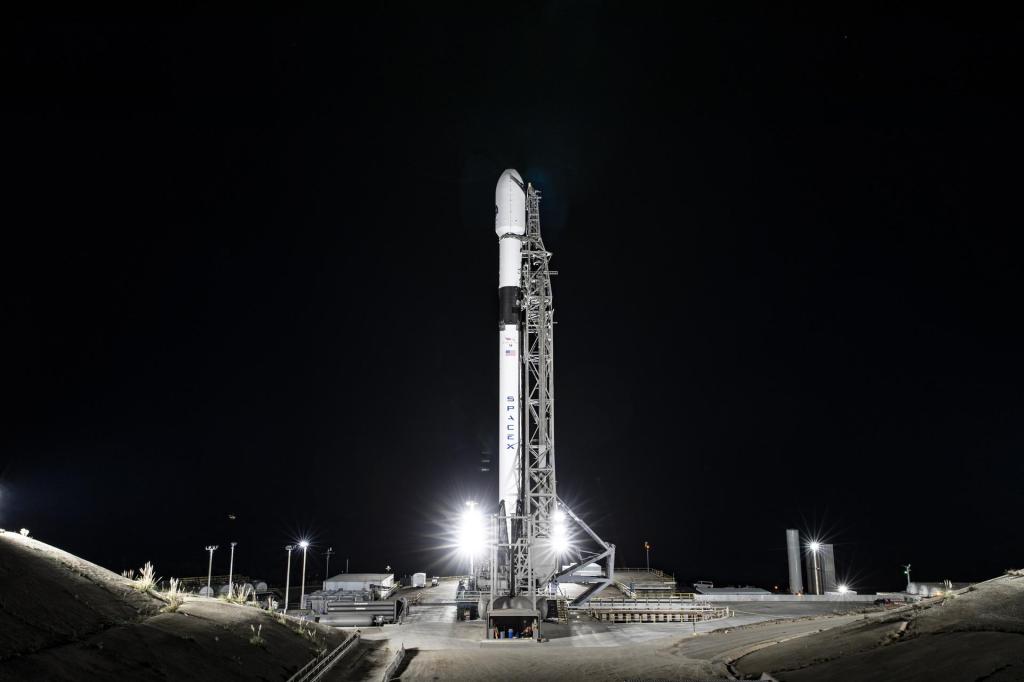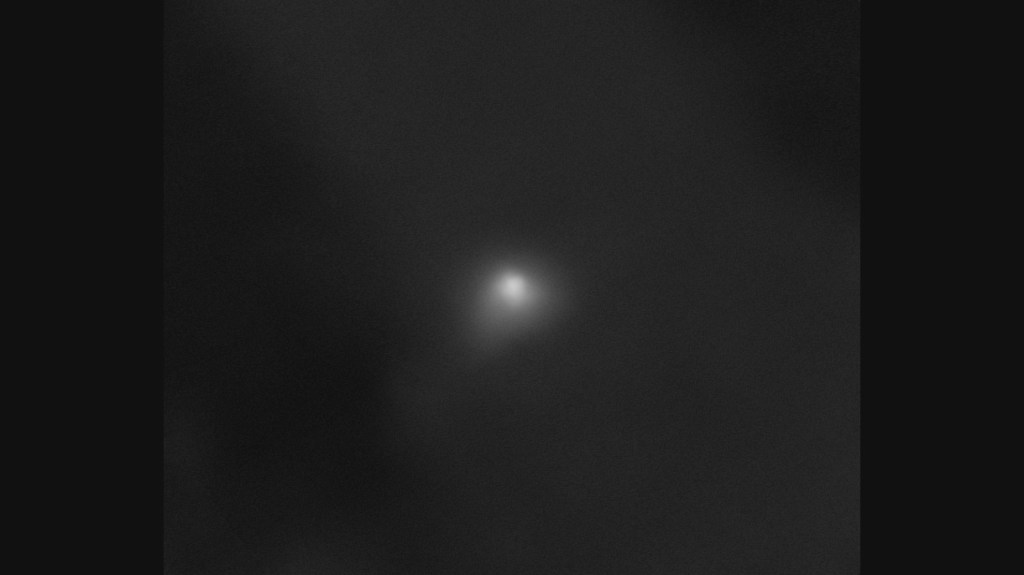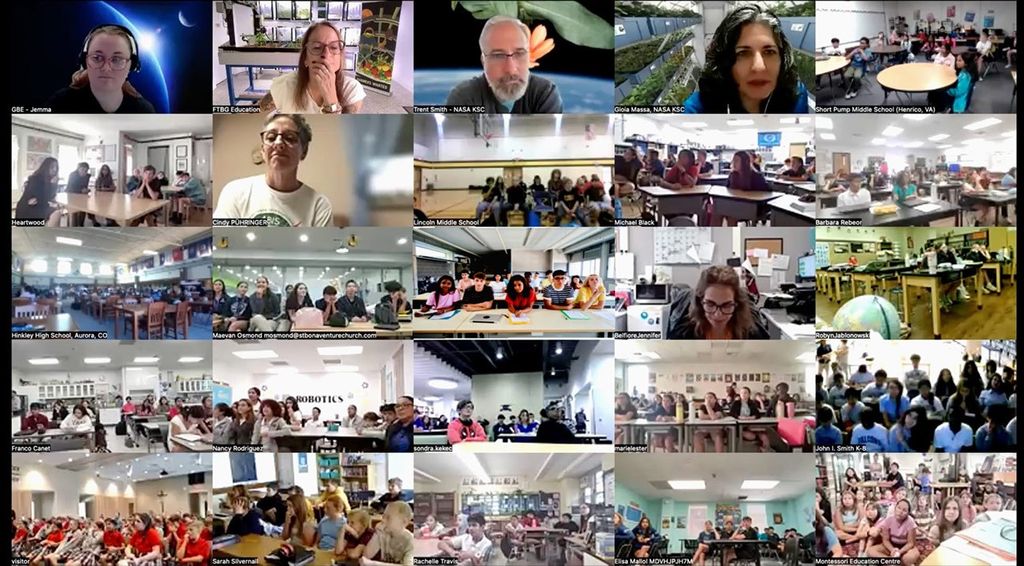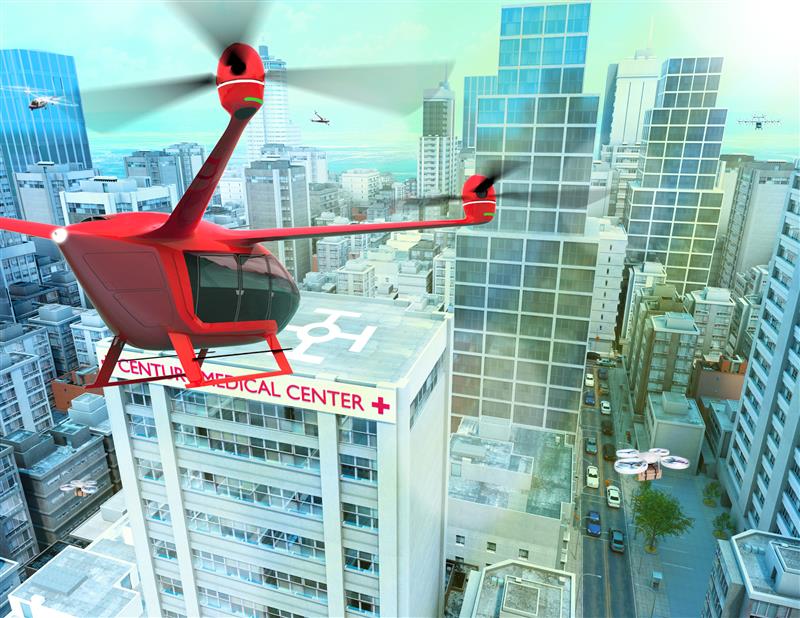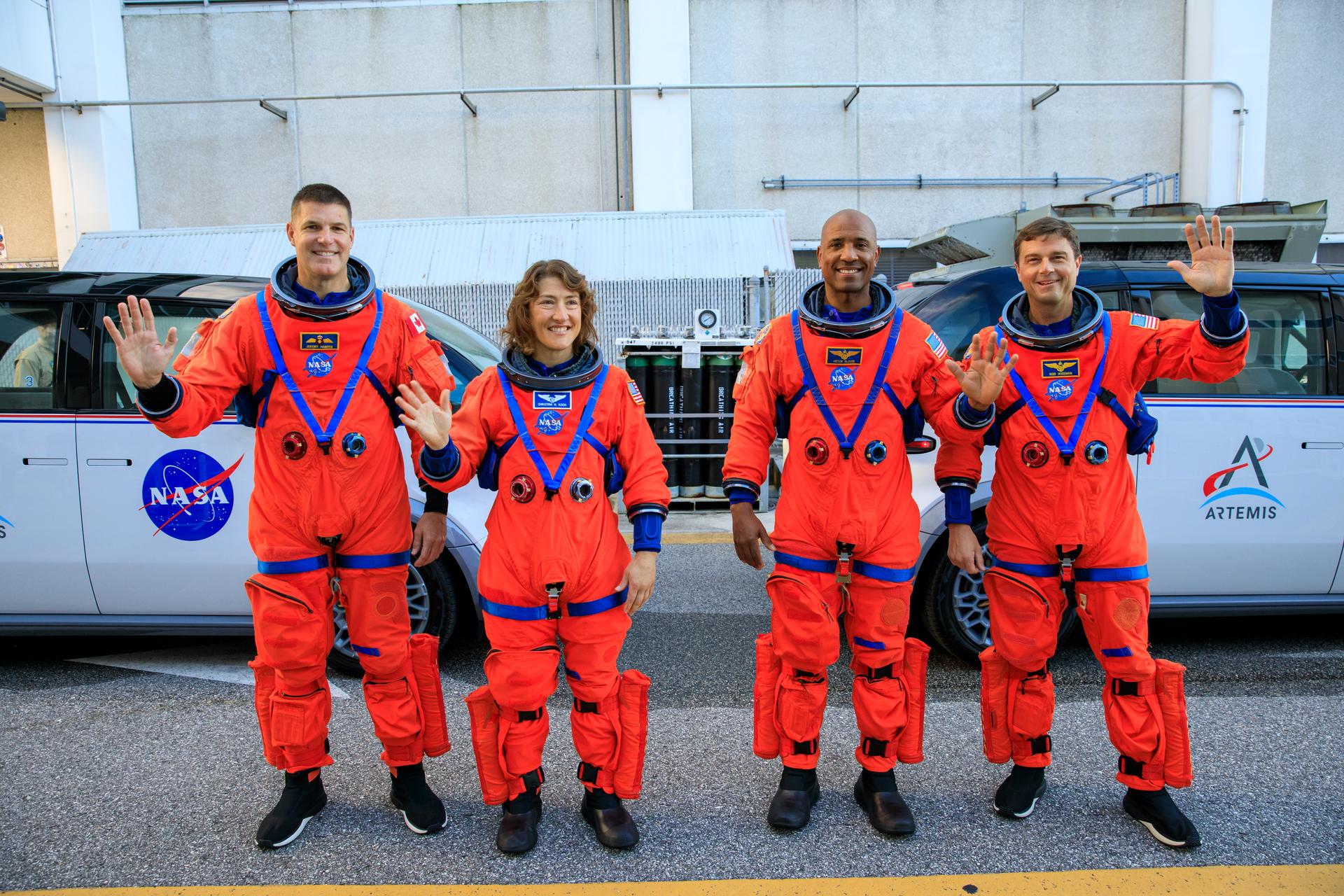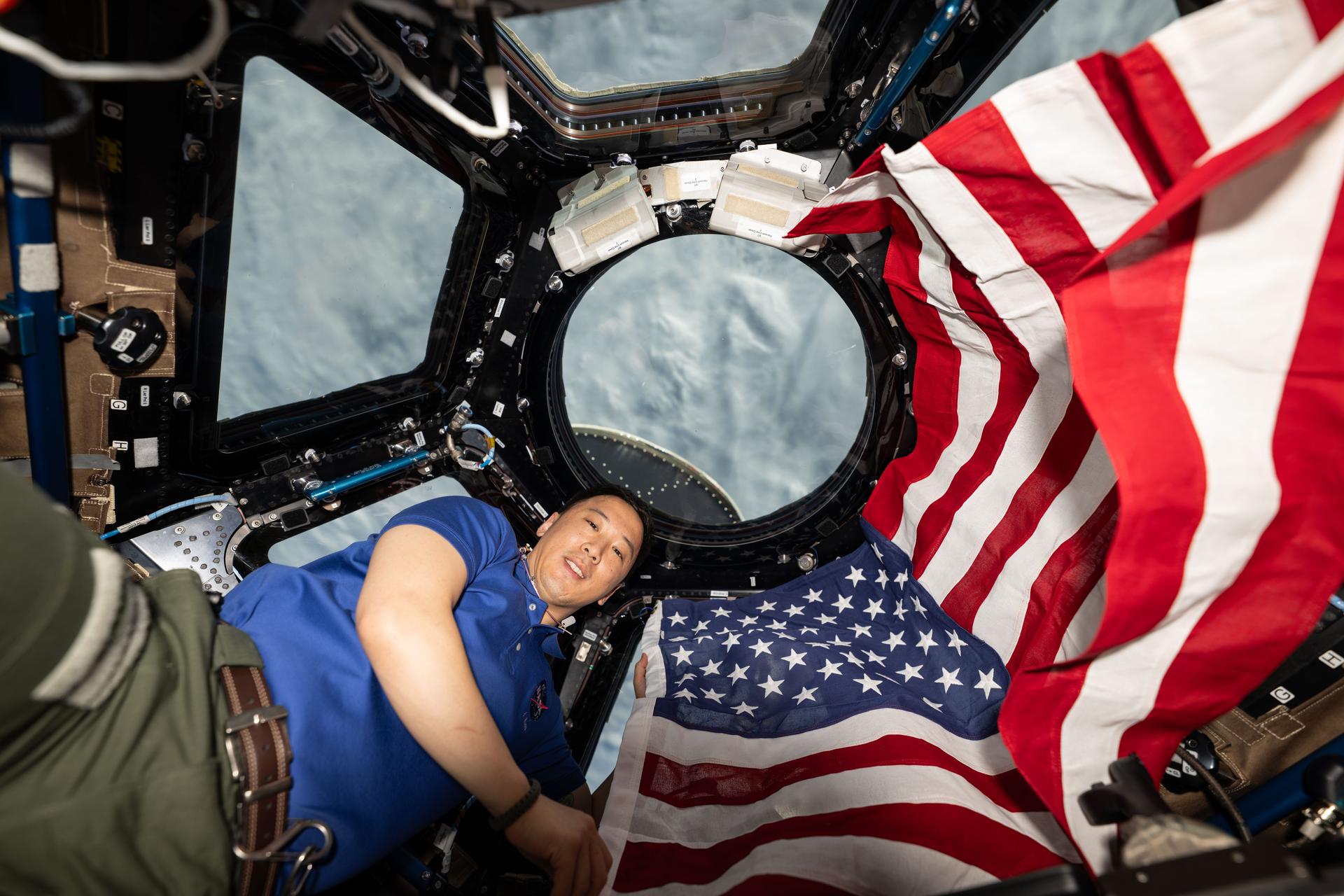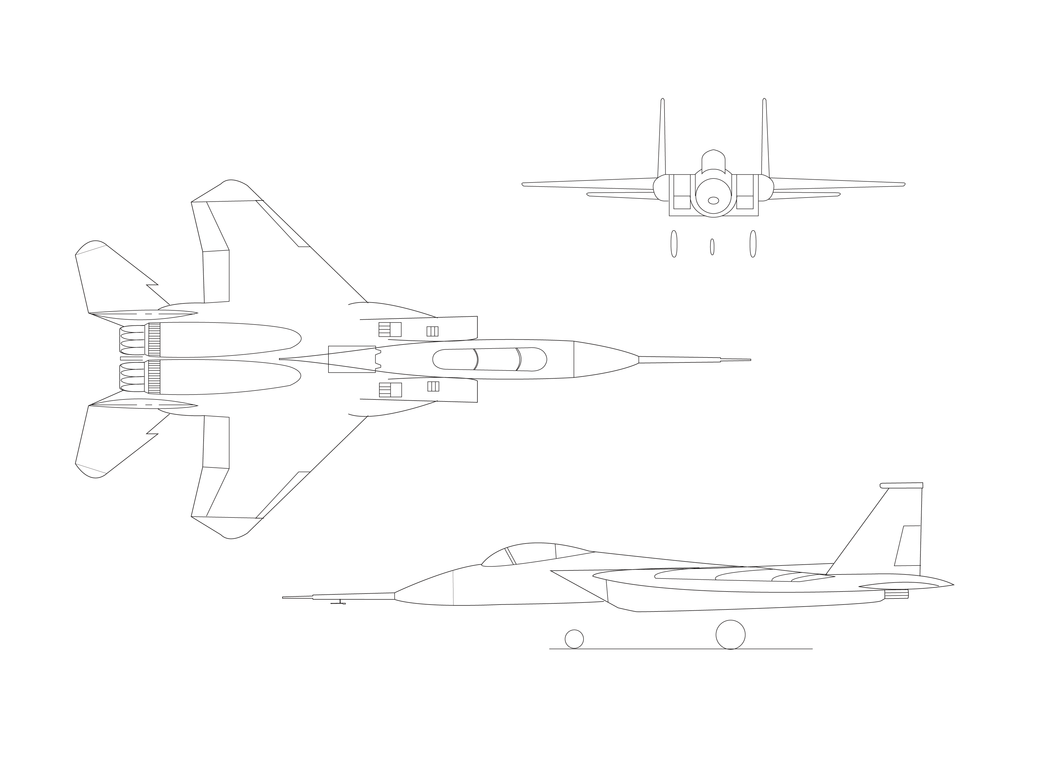
NASA’s Armstrong Flight Research Center in Edwards, California, uses a modified F-15B aircraft as a test bed for a variety of flight research experiments. Coupled with either a flight test fixture or a Propulsion Flight Test Fixture mounted underneath the aircraft, the F-15B Research Test Bed aircraft provides a unique flight research capability.
Armstrong’s F-15B is a two-seat version of the F-15 tactical fighter aircraft built by McDonnell Douglas, now a division of The Boeing Company. The aircraft was obtained in 1993 from the Hawaii Air National Guard. In addition to flying research missions, Dryden’s F-15B also is used for crew training, pilot proficiency and safety chase support for other research aircraft.
Bearing NASA tail number 836, the F-15B is a 64 feet long and has a wingspan of just under 43 feet. It is powered by two Pratt and Whitney F100-PW-100 turbofan engines that can produce almost 24,000 pounds of thrust each in full afterburner. It is capable of dash speeds well in excess of Mach 2, more than twice the speed of sound, at altitudes of 40,000 to 60,000 feet, although speeds are limited to Mach 2 when a flight test fixture is mounted beneath the fuselage. The aircraft has a full-fuel takeoff weight of about 42,000 pounds and a landing weight of about 32,000 pounds. It has aerial refueling capability for extended-duration research missions.
A data acquisition system gives the F-15B a capability that makes it one of the most versatile research aircraft NASA flies. The data system includes a research airdata system for the aircraft itself, a Global Positioning System (GPS) navigation package, a nose boom that contains an airdata probe, a digital data recorder and telemetry antennas. In addition, an on-board video system monitored from the rear seat of the cockpit transmits high-speed airborne video and photography to researchers on the ground…Learn more

